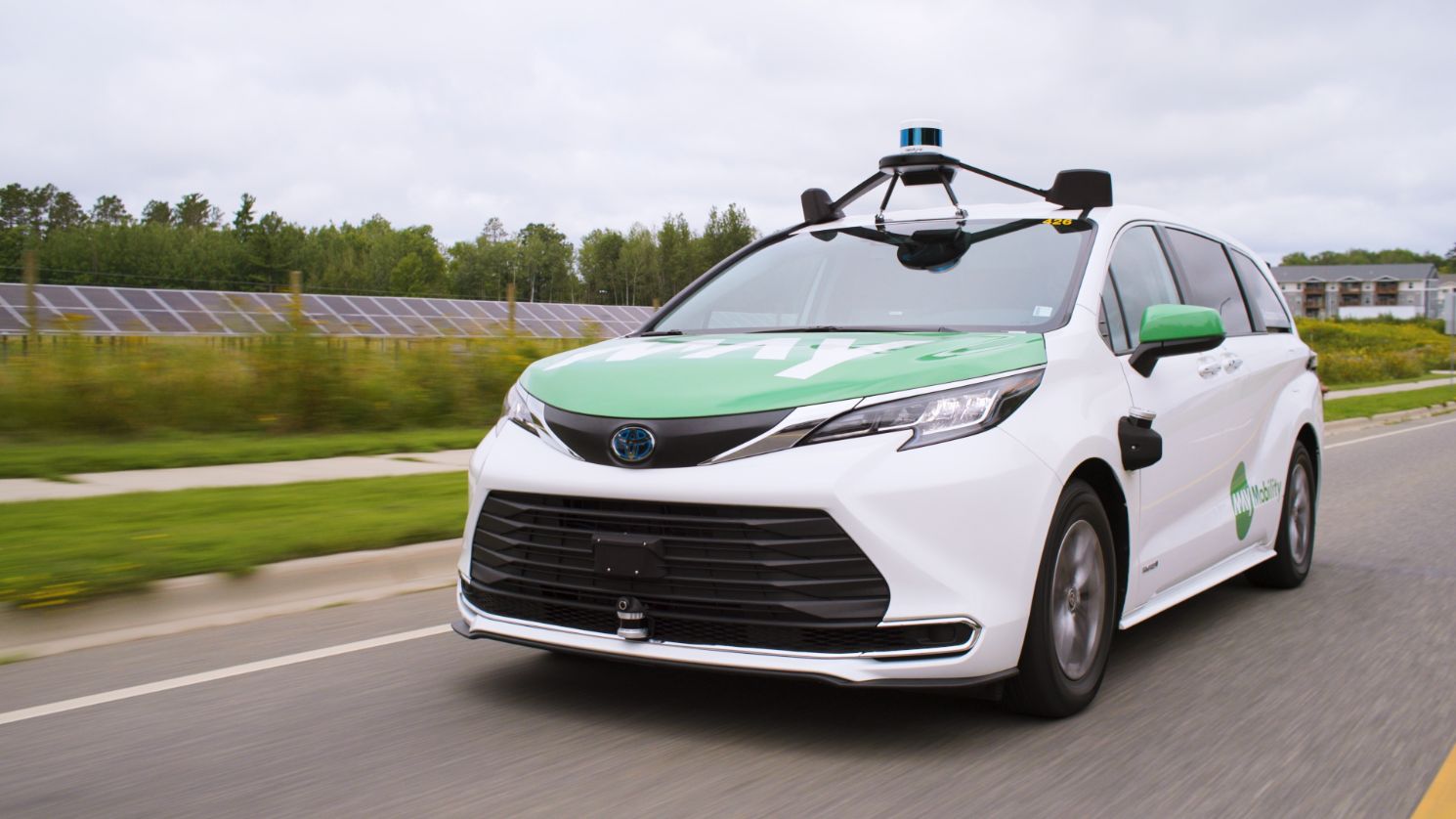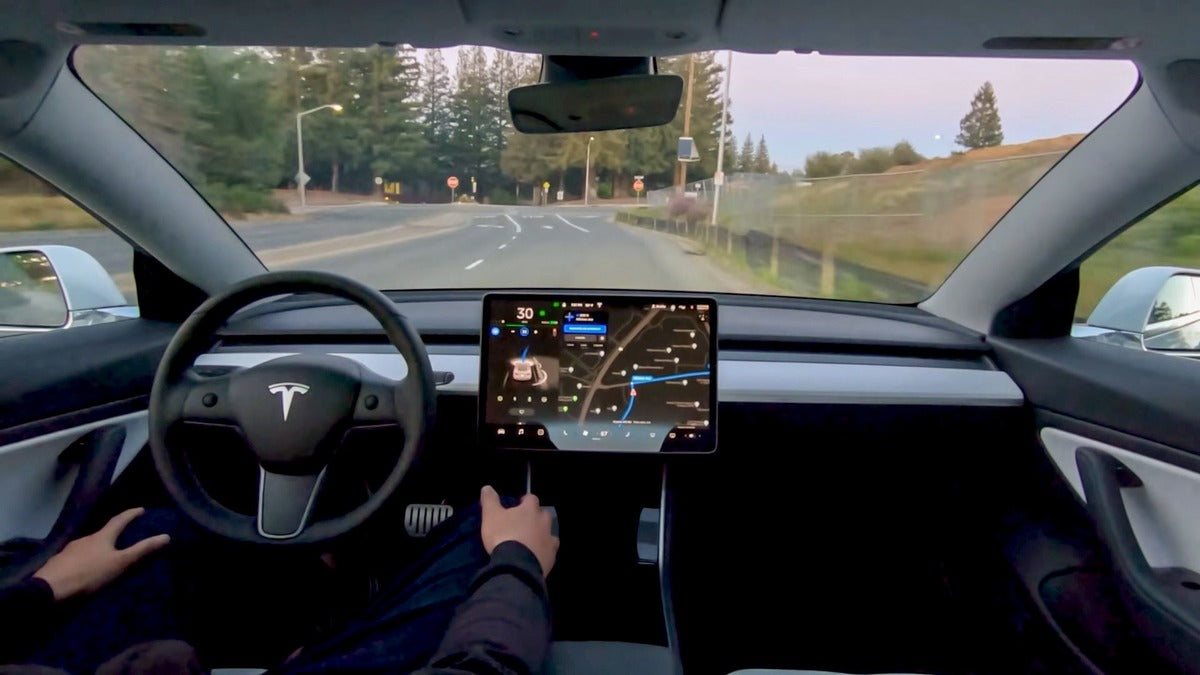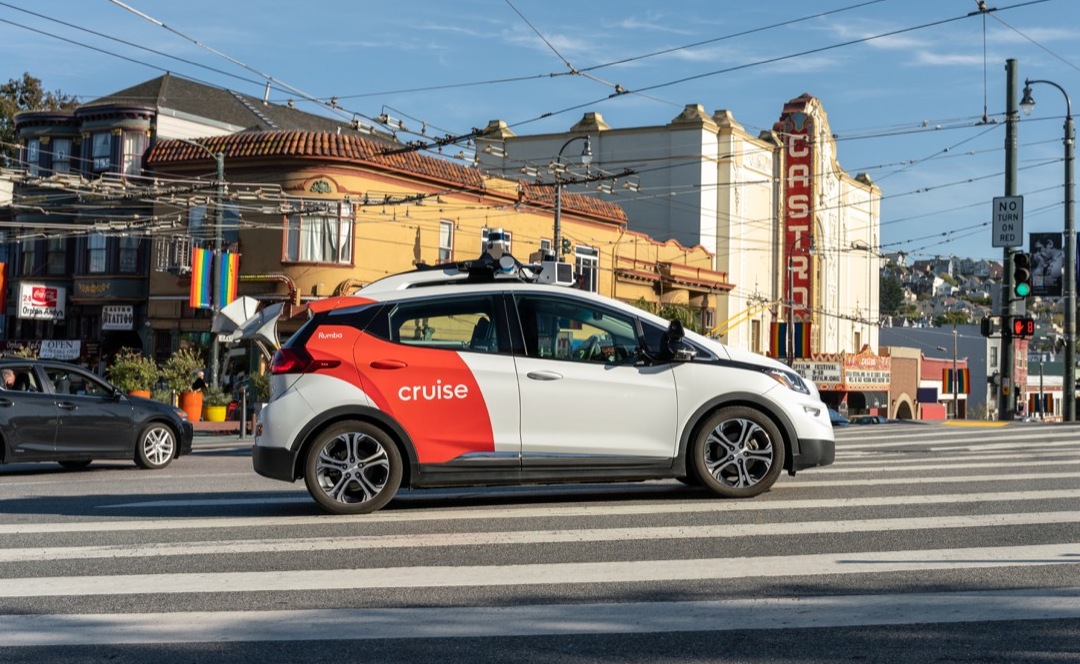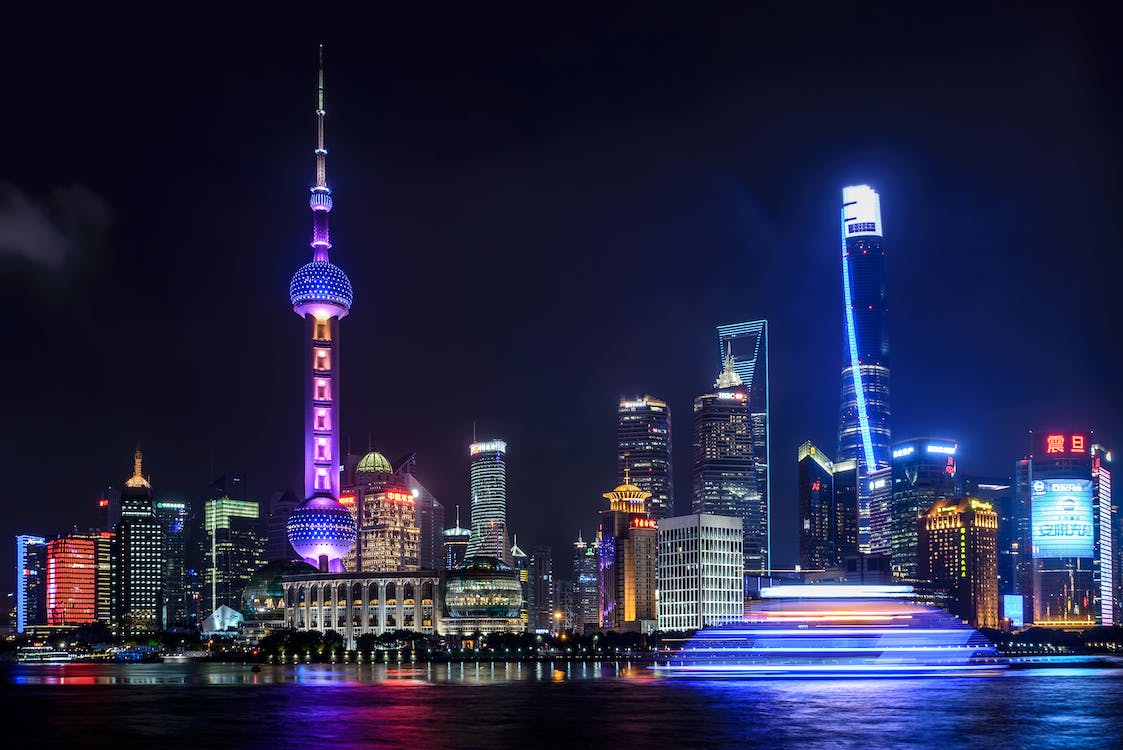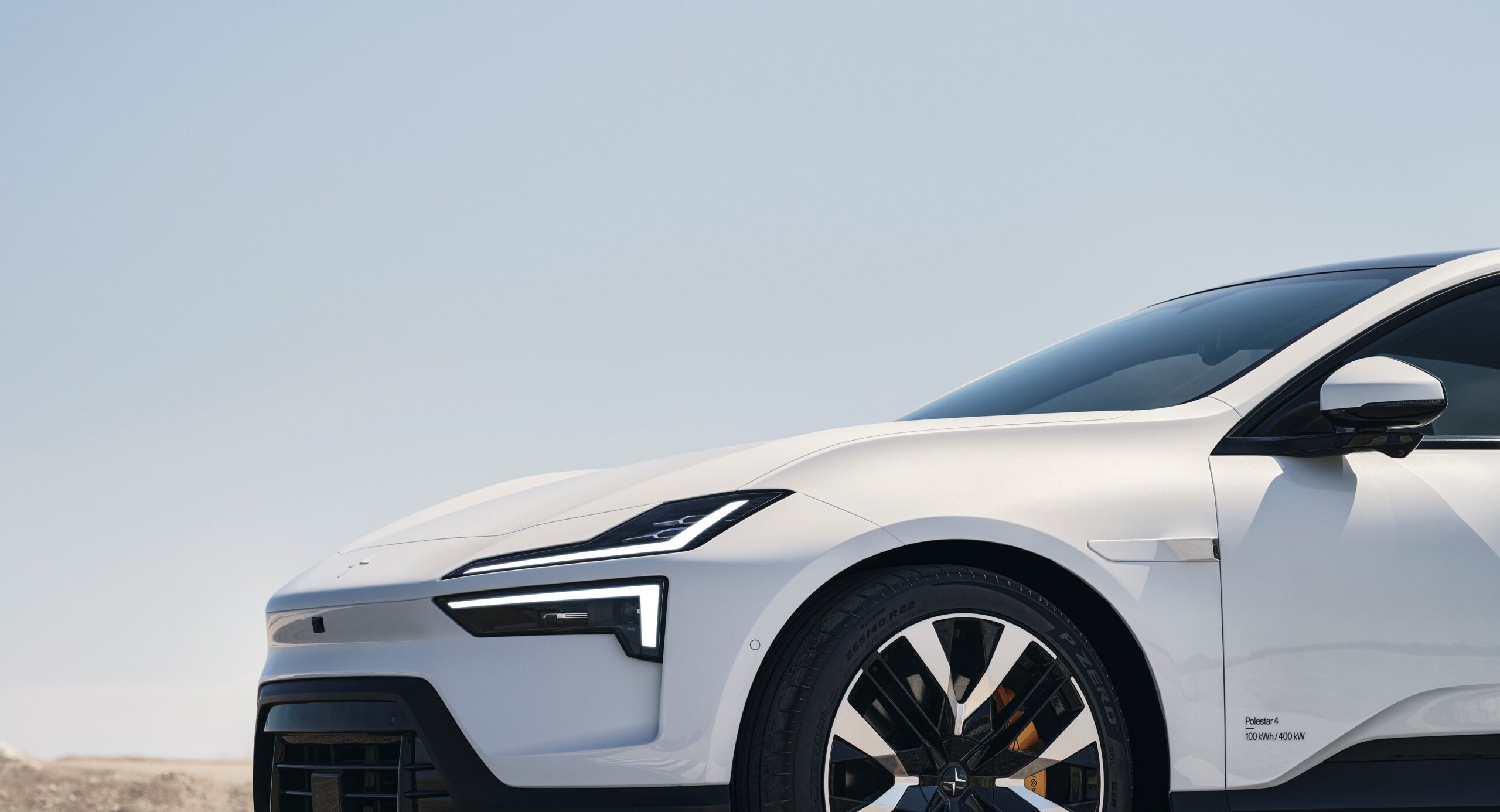General Motors’ self-driving subsidiary, Cruise, is taking proactive steps to address a recent accident involving one of its autonomous vehicles and a pedestrian in California. In response to the incident, Cruise’s board has engaged a third-party law firm and technology consultants to thoroughly review the company’s actions and technology.
Last month, a Cruise robotaxi was involved in a collision with a pedestrian who had previously been struck by another vehicle. Following this incident, the California Department of Motor Vehicles (DMV) suspended Cruise’s self-driving operations. Cruise’s decision to bring in legal firm Quinn Emanuel and consultancy Exponent underscores its commitment to transparency, safety, and accountability.
In an official statement released on Friday, General Motors expressed its full support for Cruise’s efforts to prioritize safety and rebuild trust with government partners, regulators, and the wider community. The automaker’s commitment to Cruise, with the aim of commercializing autonomous technology, remains resolute.
(1/3) The most important thing for us right now is to take steps to rebuild public trust. Part of this involves taking a hard look inwards and at how we do work at Cruise, even if it means doing things that are uncomfortable or difficult.
— cruise (@Cruise) October 27, 2023
The incident in question had drawn the attention of the California DMV, which accused Cruise of “misrepresenting” and “omitting” crucial information in its initial blog post about the accident. The post outlined the events leading up to the collision, with the Cruise vehicle reportedly moving the individual approximately 20 feet.
In response to these allegations, California DMV Deputy Director Bernard Soriano conveyed concerns about Cruise’s vehicles potentially lacking the ability to respond safely to incidents involving pedestrians. Cruise’s omission of pertinent details was criticized for hindering the department’s ability to assess the safety of its vehicles and potentially jeopardizing public safety.
As a result of these developments, Cruise independently decided to pause all of its self-driving operations. During this hiatus, the company will thoroughly evaluate its processes, systems, and tools to ensure the highest safety standards.
Cruise has been the subject of investigations by both federal and state regulatory agencies following a series of accidents involving its autonomous vehicles. Last month, the National Highway Traffic Safety Administration (NHTSA) initiated an investigation into Cruise, with the federal agency’s Office of Defects Investigation (ODI) disclosing two pedestrian injury reports linked to the company’s robotaxis.
In August, Cruise faced regulatory action from the California DMV, mandating a temporary reduction of its self-driving fleet in San Francisco following multiple incidents. General Motors CEO Mary Barra, a member of Cruise’s board, has affirmed the automaker’s commitment to the subsidiary and its intention to share additional details regarding their plans for Cruise in the near future.


